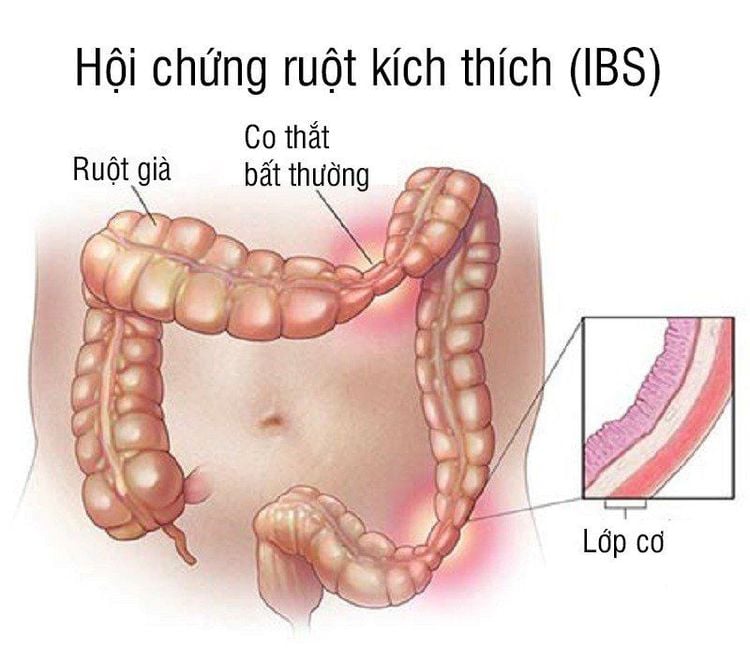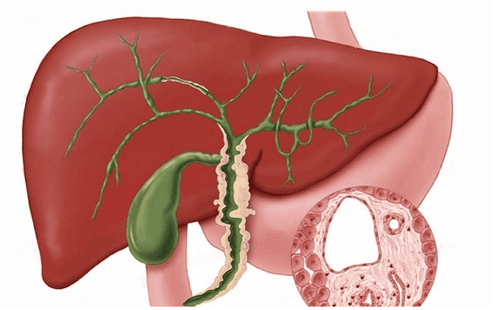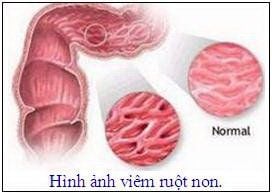This is an automatically translated article.
Article written by MSc.Dr. Mai Vien Phuong - Department of Medical Examination & Internal Medicine - Vinmec Central Park International General Hospital
Celiac is a chronic autoimmune disease caused by a reaction to gluten in food. The disease has a genetic factor and in clinical practice, manifestations are quite diverse from no symptoms to faint symptoms or severe cases can have typical malabsorption symptoms such as chronic diarrhea, anemia, etc. iron deficiency blood, thin weight loss...
This is considered a rare digestive disorder in which it is common in children, however, in recent years, the detection rate of this disease has increased along with the recording of many clinical symptoms outside the gastrointestinal tract. and found in many age groups. This diversity may be due to the pathogenesis of this disease with the role of genetic and immunological factors, combined with the time of disease progression, extent of intestinal mucosal lesions, habits Eating.
The problem of early diagnosis, especially in high-risk subjects, will help prevent severe progression, improve quality of life and early screen for other related autoimmune diseases for patients.

1. Why lead to Celiac disease?
Gluten is the prolamin (plant protein) in grains including giadin in wheat, Sealin in rye, hordein in barley. These are peptides that are high in proline and glutamine and are therefore not easily broken down by gastric acid, pancreatic enzymes or intestinal enzymes, even in healthy individuals.
In normal humans, the epithelial layer of the intestinal mucosa does not allow passage of the wheat-derived gliadio peptide chains. Celiac is a chronic autoimmune disease caused by exposure to gluten in the lining of the digestive tract.
In this disease, the physiological protective barrier of intestinal epithelial cells is disrupted by giadin chains passing through the epithelial layer, activating a variety of immune mechanisms that damage intestinal epithelial cells. .

2. Is Celiac Disease Common?
Since before the 1970s, Celiac is considered a common limb disease in Europe and is mainly found in children. In the past 20 years, along with the development of diagnostic tools, the ability to screen and detect this pathology has increased significantly.
The prevalence of celiac disease in Europe and North America in the general population is approximately 1%, of which in some countries, such as Finland and Sweden, the rate is higher (2 - 3%). That could be explained by the level of consumption of gluten products and the distribution of genes related to gluten intolerance (HLA DQ2/HLA DQ8) with racial differences.
Recent epidemiological studies show that even in regions with low consumption of wheat products such as Africa, the Middle East, Asia, and South America, there has been an increase in Celiac disease.
In Asia excluding India, incidence ranges from 1:100 - 1:310. In Southeast Asian countries, the distribution of HLA-DQ2 is much lower than that of European countries while the distribution of HLA-DQ8 is still not much data.
3. The group of diseases with a high rate of accompanying Celiac disease

Malabsorption syndrome, diarrhea with weight loss, chronic diarrhea, unexplained weight loss Bone metabolic disease, early osteoporosis, thyroid disease Abdominal bloating, belching after meals, bowel syndrome stimulation Increased liver enzymes Atrophy of intestinal villi found incidentally on endoscopy/histopathology Peripheral neuropathy, dermatitis herpetiformis, oral aphthous ulcers, enamel hypoplasia Down syndrome, Turner ...
4. Which patients should be screened for celiac disease?

There are currently no specific guidelines in which patients with clinical symptoms, laboratory abnormalities, or special medical history should be screened for Celiac.
The detection rate of this pathology was slightly increased in the group of patients with irritable bowel syndrome and was significantly higher in the group of patients with iron-deficiency anemia of unknown reason. Therefore, in some patients who are considered high-risk subjects, even though there are no typical symptoms of the disease, they still need to be screened, including:
Family history of parents, siblings with the disease Celiac. Anemia, especially iron deficiency anemia, metabolic bone disease. Type 1 diabetes, especially in children. Autoimmune endocrine diseases, especially thyroid. Autoimmune hepatitis, primary sclerosing cholangitis. Pathology related to genetic abnormalities: Down syndrome, Turner syndrome. Some other diseases: dermatitis herpetiformis, myasthenia gravis, IgA glomerulonephritis. Among them, family history is the highest risk factor. The rate of biopsies confirming the diagnosis in this group of subjects in one study was approximately 20%. According to a Swedish study, in a group of young patients with type 1 diabetes, at the time of diagnosis, the rate of being diagnosed with Celiac accompanied by symptoms was low (0.7%) but during After 5 years of longitudinal follow-up, the incidence increased to 10%. This suggests that over time, in high-risk groups, the incidence increases gradually.
5. Celiac disease can lead to what consequences?

Celiac disease can have serious consequences if not detected and improved early. Some risks caused by Celiac disease such as:
Gluten damages the lining of the small intestine in people with Celiac disease. This condition will prevent your body from absorbing many nutrients from food leading to fatigue, susceptibility to infections and a host of other disorders such as blood clotting disorders.... Celiac disease. leads to an increased risk of both lymphoma and carcinoma of the small intestine. Long-term and untreated disease can lead to other complications, such as ulcerative colitis and scarring of the small intestine Therefore, when you suspect that you have celiac disease or if you have a family member with Celiac disease, you should go to the doctor and do an early diagnosis test.
Celiac disease left untreated for a long time can lead to dangerous complications, but the disease can be controlled by following a gluten-free diet, which means not eating any foods containing gluten.
By following the right diet, the damage caused by Celiac disease can be restored and the body feels better. What needs to be done is that you need to be detected early through medical examination and diagnostic tests.
Vinmec International General Hospital is one of the hospitals that not only ensures professional quality with a team of leading medical doctors, a system of modern equipment and technology. The hospital provides comprehensive and professional medical examination, consultation and treatment services, with a civilized, polite, safe and sterile medical examination and treatment space. Customers when choosing to perform tests here can be completely assured of the accuracy of test results.
Please dial HOTLINE for more information or register for an appointment HERE. Download MyVinmec app to make appointments faster and to manage your bookings easily.














